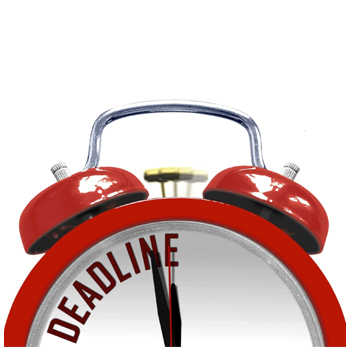Open Enrollment for the Health Insurance Marketplace will end on January 31st. That means there are only 7 more days to choose a health plan and enroll if you:
- Make too much money for Medicaid (approximately $16,000/yr).
- Are 64 years old or younger and cannot enroll in Medicare.
- Are not getting health insurance coverage from your employer
Don’t feel bad if you’ve been procrastinating. Last year nearly 20% of all enrollees chose a health plan in the last month of enrollment.
So far, 2016 enrollment reached more than 11 million individuals as of the end December. If trends continue, that could mean 13.2 million people enrolling into a health plan by the end of January.
The Importance of Shopping
A new report released on January 21st from the Department of Health and Human Service uncovered the importance of shopping for a new plan. When consumers shopped, for the most part, they saved money.
- 43% of consumers actively chose a health plan in 2016. 60% of them switched plans.
- After switching plans, consumers lowered their average monthly cost for healthcare from $179 to $137.
- On average, consumers that switched plans saved 24% or $43 per month after financial assistant.
- Financial assistance reduced the monthly premium for consumers by an average of 72%.
| Availability of Health Plans below $100/month^ | $50 or Less* | $75 or Less* | $100 or Less* |
| Plan Availability | 59% | 66% | 72% |
| Actual Consumer Behavior | 27% | 39% | 48% |
^Enrollment figures from Healthcare.gov *With Financial Assistance
As you can see, consumers did not avail themselves to all of the savings that were possible on Healthcare.gov. In fact, 28% of 2015 consumers were “auto-enrolled” into a new plan in 2016. When consumers did not actively shop for a new health plan, they were more likely to pay higher monthly costs for health coverage.
Highest Areas of Uninsured?
The following cities across America have the highest rates of people lacking health insurance that cannot enroll in a public program like Medicare or Medicaid.
- Texas cities with close to 9% of the population lacking health coverage:
- Harlingen, Texas
- Weslaco, Texas
- Burnsville, Texas
- Boise, Idaho – 8% of the population lacks health coverage:
- Tulsa, Oklahoma – 7.5% of the population lacks health coverage
- Florida cities with +7% of the population lacking health coverage:
- Fort Myers, Florida
- Naples, Florida
- Miami, Florida
- Fort Lauderdale, Florida
- Orlando, Florida
- Daytona Beach Florida
- Melbourne, Florida
- Tampa, Florida
- St. Petersburg, Florida
- New Orleans, Louisiana – 7% of the population lacks health coverage
